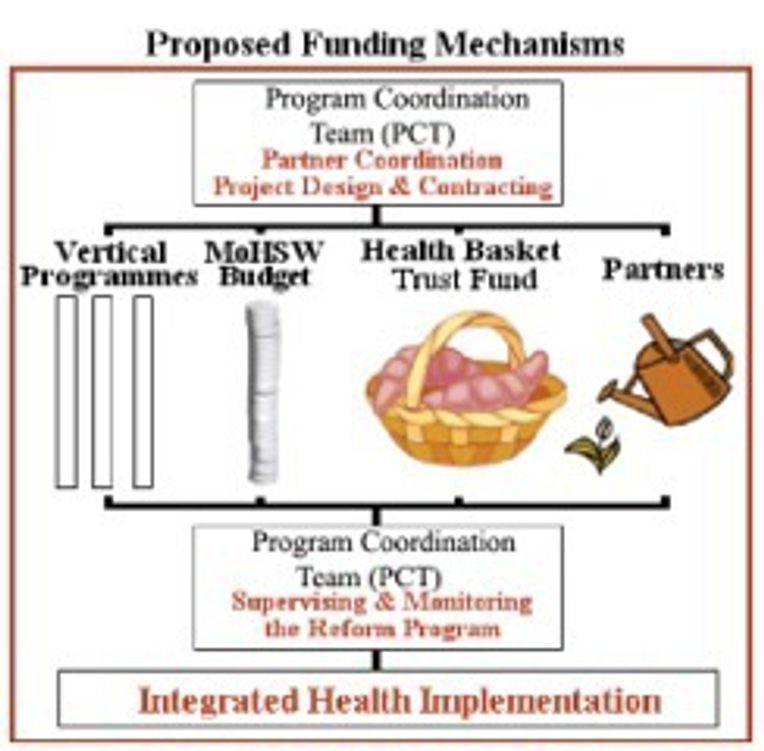How the Liberian Health Sector Became a Vector for Ebola
From the Series: Ebola in Perspective
From the Series: Ebola in Perspective

In late July 2014, one story from the Ebola outbreak caught my eye in a Friends of Liberia newsfeed. During a visit to a family of Ebola orphans, a health worker was chased away by the orphans’ uncle. But first the uncle explained to the health worker that their mother had contracted Ebola from an auntie, who died. When their mother then showed signs of Ebola, the family called an Ebola hotline at the Ministry of Health for several days, but no one came to take her to a treatment unit. She died, and a burial team came to take her body away. Soon after, her husband, the children’s father, became symptomatic. The family again called the hotline for days, but no one came. The father died, and a few days later, a burial team came and took away his body. The uncle noted the early signs of Ebola among the children and said to the health worker, “Your Minister for Health cares more for the dead than for the living.”
Despite flamboyant media accounts that sensationalize “traditional burial practices,” cannibalism, African avoidance of “basic prescriptions to prevent the spread of the disease,” and the fear, strikes, and walkouts of Liberian healthcare providers, one story remains unreported . . . the history of how the Liberian state’s non-response constituted a vector of the Ebola epidemic. As a medical anthropologist who has been studying medical humanitarianism and the Liberian healthcare sector since 2005, I will use this essay to explain how the Liberian health sector has become a vector—a mode of transmission—for the spread of Ebola.
In 2003, the thirteen-year Liberian War was brought to an end through a negotiated settlement that handed control over the Liberian state’s offices to a power-sharing kleptocracy focused primarily on stealing as much as possible in the run-up to the 2005 presidential elections. During these early post-conflict years, the work of managing the Liberian state and the Liberian healthcare sector fell to a loose consortium of international institutions led by the United Nations Mission in Liberia (UNMIL), international NGOs, and bilateral donors.
The Liberian health sector, in particular, was in shambles. Six decades of public health surveillance, epidemic outbreak monitoring, and health communication networks had fallen into collapse or were being sustained on life support by the World Health Organization and a small cadre of leaders at the Ministry of Health and Social Welfare (MOHSW).
Few skilled Liberian medical personnel remained in Liberia after the war, and those who returned were often employed by international NGOs. Enormous gaps in coverage were exposed in recurrent outbreaks of cholera, yellow fever, Lassa fever, dengue fever, and typhoid that consumed a large share of healthcare expenditures. Epidemics were endemic to Liberia, and the MOHSW depended upon the international community for support. But the international community itself was conflicted about continuing long-term assistance to the Liberian health sector and managing a post-humanitarian aid transition.
The short-term result was the creation of a loose assemblage of primary healthcare clinics and hospitals administered by international organizations, with intermittent efforts to strengthen the MOHSW’s capacities at the most senior levels. This ad hoc system became imperiled in the winter of 2006–2007, when the departure of several Médecins Sans Frontières (MSF) branches from Liberia resulted in the closure of critical regional and urban hospitals, and the abrupt closure of thirty World Vision clinics in the Monrovia area portended chaos within the already fragile health sector. A “transition gap” of this scale posed the risk of devastating existing, already-poor health conditions in regions where the conflict had left the worst impact and refugee repatriation was at its peak.
In February 2007, an emergency donor’s conference was convened in Washington, D.C. to avert a crisis and build long-term international support for the Liberian health sector. Parties agreed that so long as the MOHSW progressed towards assuming national leadership, bilateral and multi-lateral donors would agree to sustain finances, human resources, and medical support at every level of Liberia’s health sector administration. This led to the implementation of the Liberia Health Sector Pool Fund, an experimental system of humanitarian health sector management that placed the MOHSW in charge of identifying national health priorities (with international guidance), directing County Health Teams, and overseeing the dozens of international NGOs that provided healthcare to the Liberian population. Pool Fund implementation was also tied to a mandate for health sector decentralization for the sixteen County government seats in order to promote post-conflict political democratization.

What does this brief history have to do with the current Ebola outbreak?
Epidemic response is made possible by linking local healthcare delivery with centralized bureaucracies that carry out surveillance, coordination, and communication across strong and well-delineated health system networks. Someone needs to be present and capable of answering the phones. Under the Pool Fund structure, however, the meso-level of health sector administration lacked investment. Nearly every process that had been put into place during the postwar period funneled resources “outwards” and “downwards” from the national center towards local healthcare outposts. The parallel creation of mechanisms to funnel information, feedback, and oversight “upwards” to the international level remained weak, and surveillance was based on NGO reporting.
Since the implementation of the Pool Fund reforms, the public health, primary and secondary care, and health surveillance infrastructures remained fragmented, underfunded, and understaffed. An enormous MOHSW bureaucracy had grown into row after row of tiny offices with tags that stood for aspirational health sector functions. It is the absence of these capacities, however, that are directly contributing to the failed response. In a tragically literal application of the term “structural violence,” the Liberian state has become a vector of disease. Ebola hotlines are created and advertised, but even today, no one is there to answer the phones.